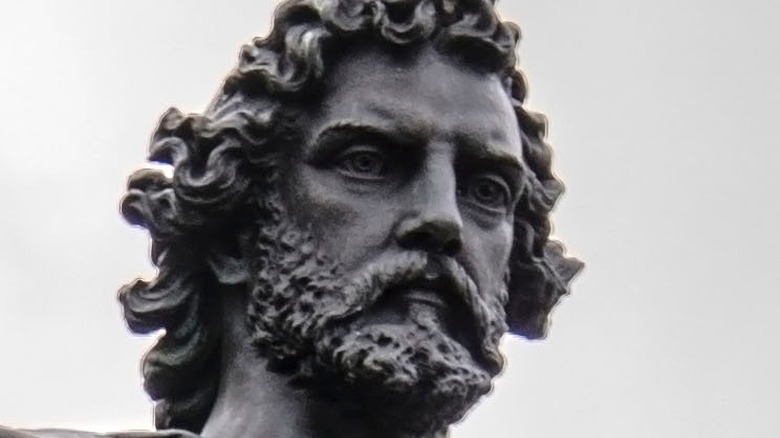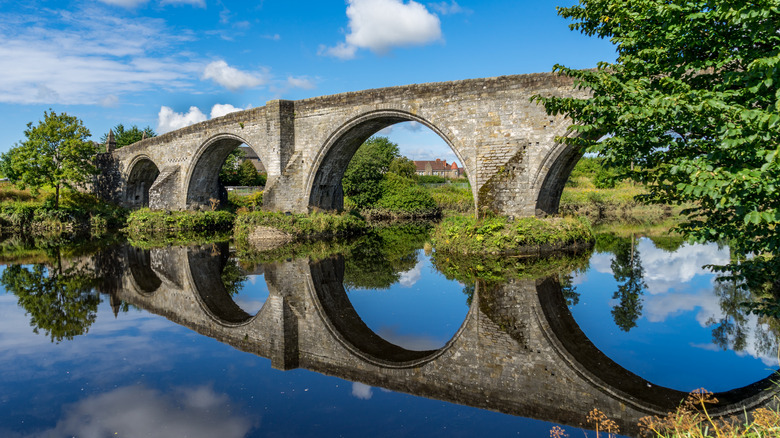How Historically Accurate Is Braveheart?
The 1995 film "Braveheart" is understandably considered by many to be a cinematic masterpiece, depicting William Wallace and his role in the buildup to the First Scottish War of Independence. The film combines stunning camerawork, multiple interconnected subplots, powerful performances by most of the cast, and massive set-piece battle scenes. Ever since its release it has been the subject of pop cultural references and parodies, and has become the image many think of when the subject of Scottish independence comes up.
That being said, the film has a multitude of inaccuracies which defy historical evidence to a staggering extent. Wallace, for instance, was not a revenge-fueled Scottish commoner, but a politically driven knight whose Scottish nationality is a debated subject. Many of the events presented are greatly exaggerated and/or misrepresented, if not outright fabricated, such as Robert the Bruce's supposed betrayal of Wallace, or the extent of English dominance in Scotland. The film is not a total fantasy and is at least faithful to Wallace's tenacity in battle and his execution, which by all accounts was as brutal as the film implied (via All That's Interesting). Yet it is important that the film's extensive creative liberties be distinguished from reality.
Braveheart's battle scenes are epic, but strategically nonsensical
The attire of the English and Scottish armies is one of the most immediately noticeable inaccuracies. The English are shown wearing lamellar-like armor — a series of small plates in rows — an orange surcoat, and for many, a helmet. The Scottish are shown to have little to no armor other than a shield and maybe a brigandine, a cloth garment with small plates sewed on, to protect the torso. In truth, both sides would have been limited by either their personal budgets or those of their commanders. For this reason it was in the best interest of every soldier to have at least a helmet and shield, but the film's version of the Scottish army often ignores such measures.
Other inaccuracies relate to how the battles featured with orderly, historical spear and pike formations being disregarded for chaotic brawls as both sides resort to sword use, which was somewhat corrected in later films like Netflix's "Outlaw King" (via Popular Mechanics). The Battle of Stirling as Gibson presents it is an especially egregious example of this. Historically the battle took place on Stirling Bridge (pictured above) — not a wide open field, as in the film. This is significant: Since the English could exploit neither their superior numbers nor equipment on the narrow bridge, the Scottish were able to meet them on equal footing (via MovieBabble). Instead, the film shows the Scottish win through brute force, despite being completely outmatched in numbers, personal protection, and until the end of the battle, cavalry support.

